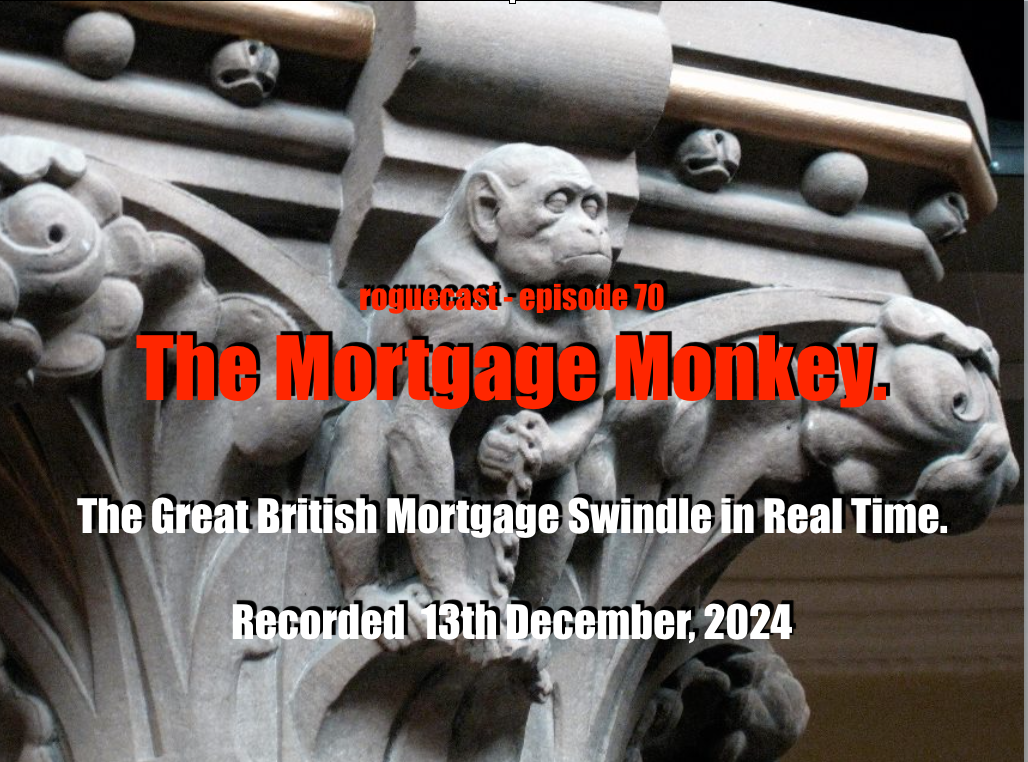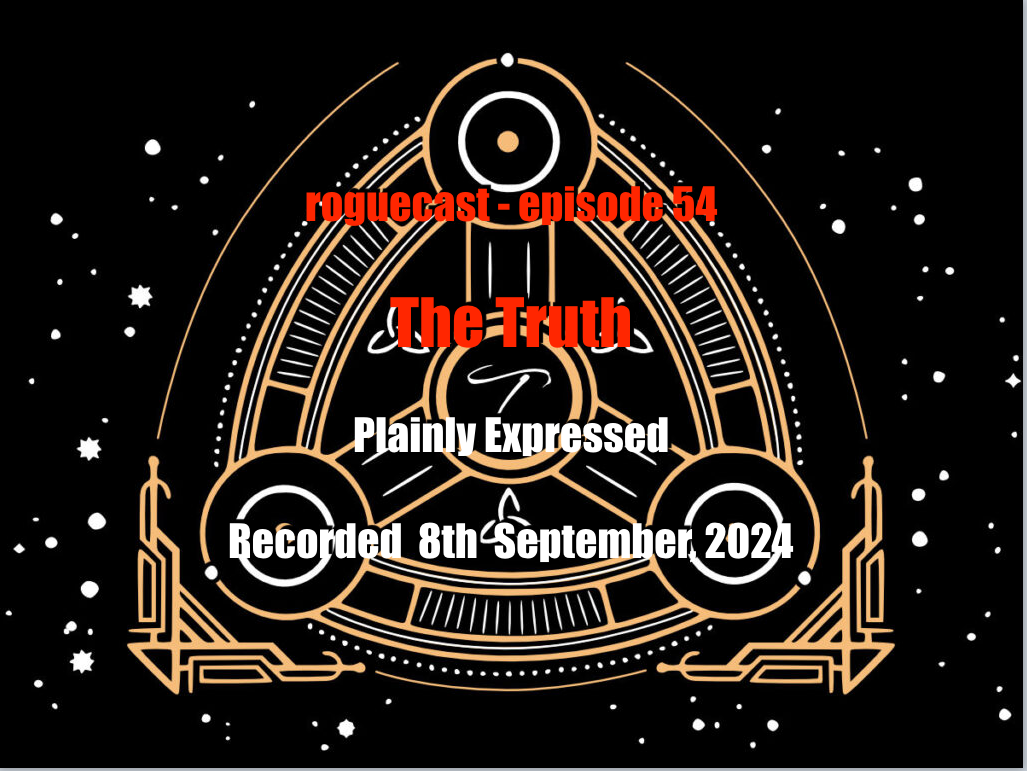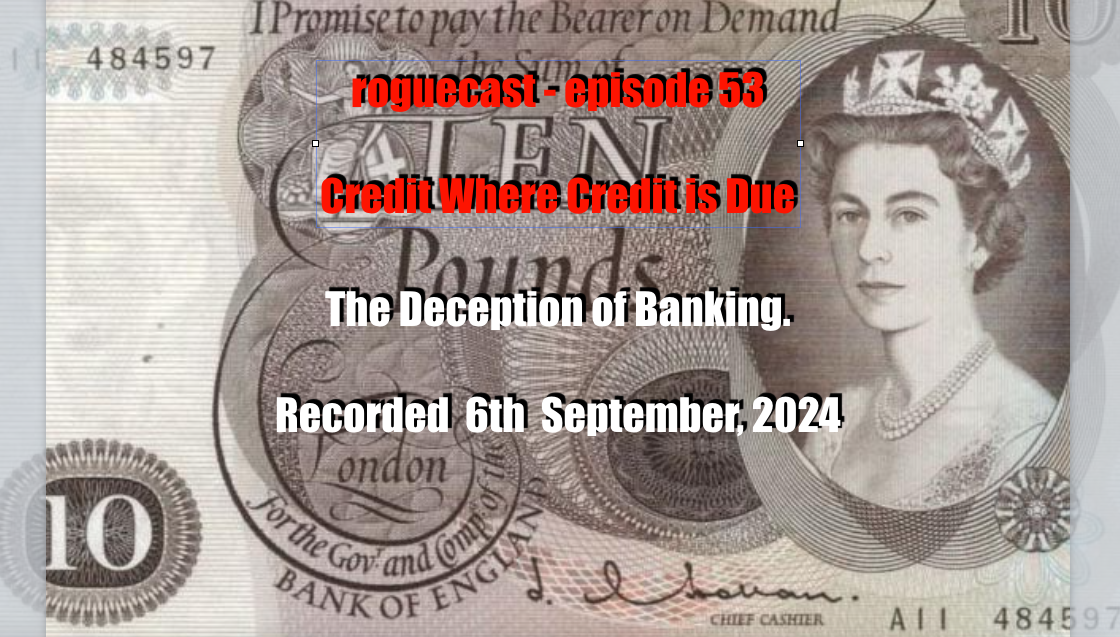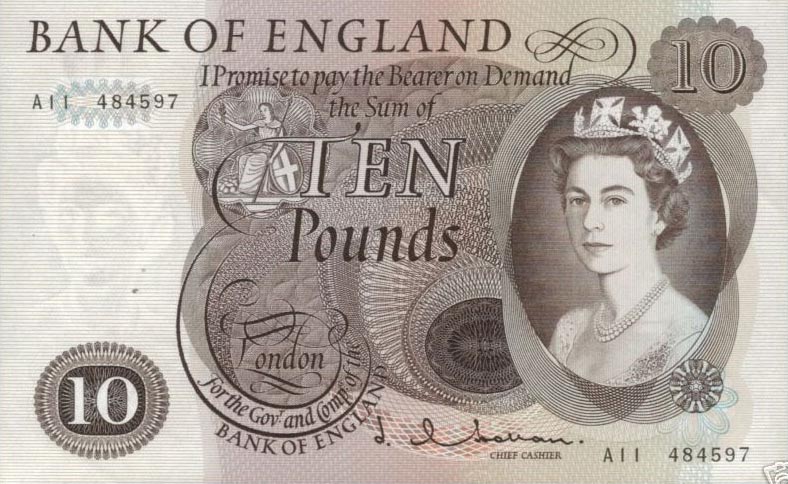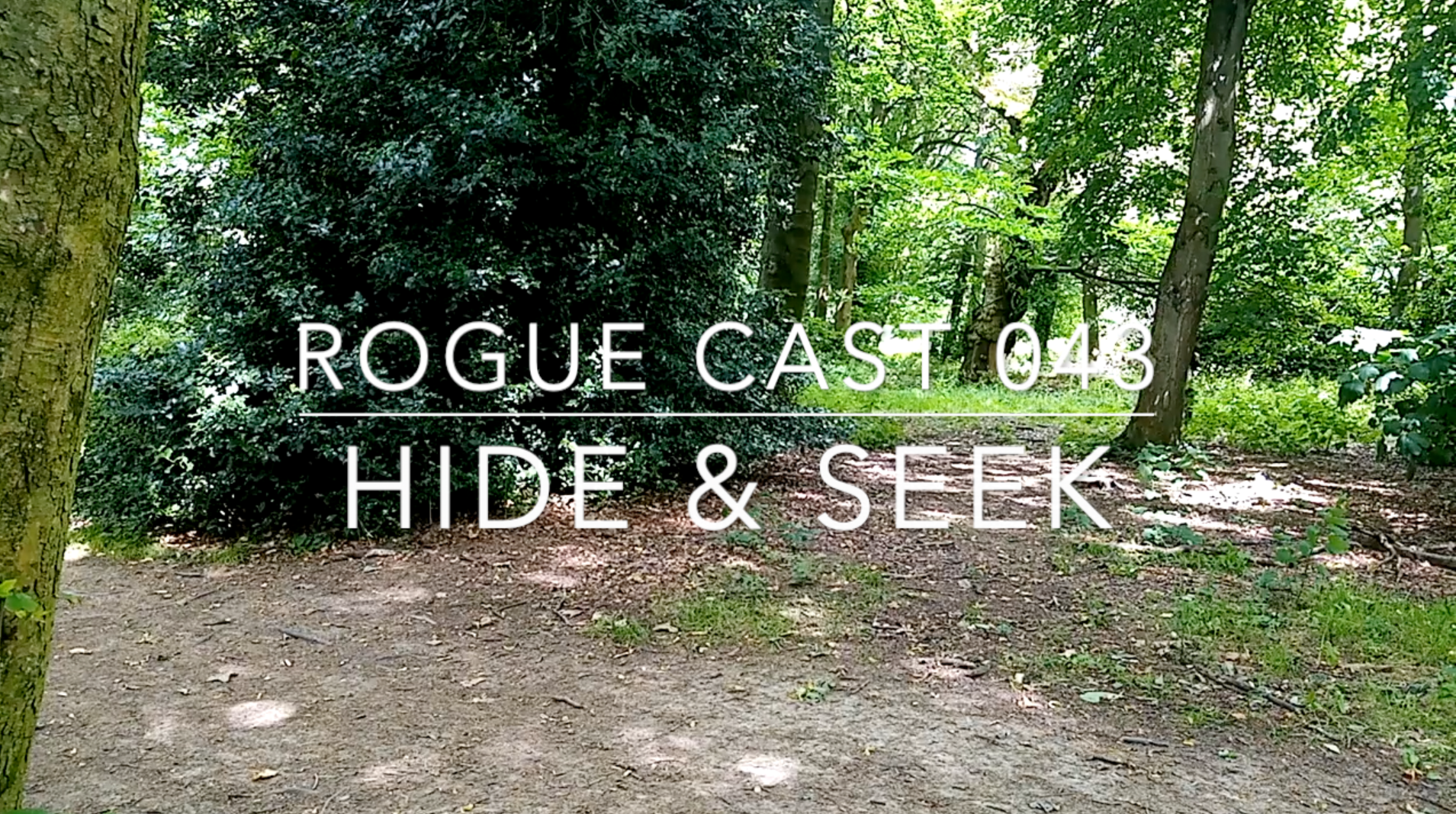A friend recently tendered, in good faith, a promissory note to the CEO of Nationwide Building Society to settle and close his mortgage account. This article examines what happened when the tender of this lawful form of currency was made and how Nationwide is seeking to rely on a dishonest statement in order to...
The Mortgage Monkey
The Great British Mortgage Swindle in Real Time. This Rogue Cast (070) is a condensed exposition of the various components that comprise the multi-levelled racketeering operation which is revealed in the Great British Mortgage Swindle (TGBMS) the eviscerating documentary that was released in late 2018. Whilst I have written extensively about TGBMS, this episode...
Episode 54 – The Truth
Plainly expressed, the Truth is simple, which is in marked contrast to the falsehoods that are so manifestly pumped out right now, largely by the state-institutions of propaganda but also by individuals who put their rhetoric before the grammar (the data) and logic (reason). However, the Truth is always a beautiful thing for when...
Episode 53: Credit Where Credit is Due
Credit creation and the Deception of Banking. In this ramble through the woods adjacent to Beauvale Priory, in Nottinghamshire, I examine the issue of banking and fake debt, with particular reference to the swindle inherent in every mortgage. The entire edifice of what we call money is, 100% credit based, as detailed in my...
A Promise to Pay
The inherent honour of making a promise is that the individual should fulfill it. By tendering a valid form of payment in the shape of a Promissory note made payable on demand to the bearer, the individual is fulfilling his promise, under the Bills of Exchange Act, 1882: this act is the cornerstone of...


